Greenland
Welcome to Greenland! Under the crown of the Kingdom of Denmark since 1397, it’s as large as western Europe, and the biggest island in the world — almost 3x times larger than New Guinea or Borneo. Although not a member of the UN and therefore not on the “official'” list of the world’s 193 countries, I felt the need to come here to see this territory for myself. I’ve just spent six amazing days here. Greenland is a huge, undiscovered delight!
With only 56,000 people, it has the lowest population density of any country in the world. 80% of its land mass is covered by snow and ice. The entire north-east of Greenland is one massive national park, which makes it the world’s largest national park.
Although Greenland is geographically part of North America, there are no flights from Canada or the US to Greenland. To get here, one must fly from Iceland or Denmark. The flights were cheapest from Copenhagen, so that’s how I got here.
Here are my first views of Greenland. Flying over the Ice Cap, I was looking down at 7% of the world’s fresh water. Although we all know that Greenland’s Ice Cap is melting, I was surprised to see so many lakes on Greenland’s ice fields. At the edges of the Ice Cap, I also saw lots of retreating glaciers. I’ll say more about this later.
Greenland has only one airport large enough to accommodate a modern jet. Kangerlussuaq is where Air Greenland‘s Airbus lands. The other 12 domestic airports in Greenland are served by twin-engine turboprops. To travel to smaller communities, one takes a boat or a helicopter. Greenland’s mostly Inuit population is scattered along the ice-free coastline, separated by fjords, mountains and glaciers. There are no roads connecting any of the towns and villages with each other. The longest road in the entire country is just 35 kms long. So, air travel is essential in Greenland.
The Kangerlussuaq runway was originally constructed by the US military during World War II. It was expanded during the Cold War. Sondrestrom Air Base was an active US military installation until 1992. Although Kangerlussuag village has only 500 residents, it’s Greenland’s primary airport because of its location 150 km inland from the sea. This inland location gives it a drier climate, less fog and better weather. Although there are dozens of settlements in Greenland, most of them have populations less than 1000. In this post, I’m going to mention only three of them:
- Kangerlussuaq is Greenland’s main international airport.
- Nuuk is Greenland’s capital.
- Ilulissat is the town near Greenland’s most visited glacier.
With most of my travel in Greenland by air, I made sure to book a window seat on every flight. Greenland’s scenery is colossal and best seen from about 10,000 feet.
My first stop was Nuuk. Here’s where a third of Greenland’s population resides. It’s the northernmost capital in the world, edging out Reykjavík by three kilometers. This is a pleasant little city located on a peninsula surrounded by mountains and fjords. Nuuk is small enough that one can walk across town in about 15 minutes.
My favorite hangout in Nuuk was the Inuk Hostel. Although I was lodged at a comfortable AirBnB in town, I enjoyed the 15-minute hike to the north end of town for the coffee and the breathtaking view from the café. Mount Sermitsiaq (Saddle Mountain) in the distance is Nuuk’s iconic mountain. Notice the blue sky and no clouds. While the rest of Europe has been sweltering and burning, I enjoyed a week of cool spring-like weather on the southwest coast of Greenland.
Western Greenland is one of the best places to see aurora because it’s drier and less cloudy than other Arctic areas. One of the amenities of the Inuk Hostel is its Aurora Hut, which is designed to do exactly what its name suggests. Under a dark, winter sky, protected from wind, you’ll be cozy under down comforters and a glass dome through which you’ll watch aurora all night long. Next time I come to Nuuk, I’m going to stay here. On this visit, I saw no aurora, of course, because there is no night at this latitude in July. Travel tip: If you’d like to know when and where you can see aurora, download the free My Aurora Forecast app on your smart phone.
Fishing is big in Greenland. It’s Greenland’s primary industry, export and sport. Tourists book day trips to go fishing and return with fresh fish which local restaurants are glad to serve up for dinner. There are more boats in Greenland than cars.
Fish isn’t the only thing on the menu here. There’s also musk ox, lamb and occasionally seal and whale available. I didn’t expect to eat well in Greenland, but was pleasantly surprised by the high dining standards here.
Even tiny Kangerlussuaq had a 3-star restaurant. Spend a night at Kangerlussuaq just to have the Greenlandic Buffet at The Rowing Club Restaurant. Book your dinner through your hostel or hotel and a free shuttle will be provided.
Greenlanders also appreciate the arts. On a sunny Friday afternoon, I joined a free concert of local musicians. The fact that it was a warm evening helped draw quite an audience. The café sold lots of beer. Walking around Nuuk, you’ll see public art everywhere. With few cars, there’s no traffic, either.
Although Greenland is known for cold, wet weather, I was lucky to have six days of sunshine and blue skies — or maybe this is simply the result of Climate Change. I was pleased to be able to stroll around day and night in a light jacket. The weather was so warm that elementary school children were sent to the beach during recess.
Near Ilulissat is the Jakobshavn Glacier, the largest glacier outside of Antarctica. This glacier drains 7% of the Greenland ice sheet, produces 10% of Greenland’s icebergs and is responsible for 4% of the 20th century sea level rise. This glacier calves enough ice in one day to supply New York City with water for one year. It’s one of the fastest moving glaciers in the world at up to 45 meters per day (20 meters per day before 2002). It has receded 40 km since 1850.
Icebergs breaking from the glacier are often so large (up to 1 km in height) that they’re too tall to float out to sea. An underwater moraine at the mouth of the fjord grounds the largest icebergs causing a backlog of ice, completely blocking the entire length of the fjord. Icebergs remain stuck here, sometimes for years, until they’re broken up by the force of the glacier and icebergs further up the fjord. If you want to see a magnificent glacier without going to Antarctica, this is the one to see.
Flying up and down the west coast of Greenland, I saw large rivers gushing out of the interior from the melting Ice Cap. How long can this keep up? Estimates are that, at the current rate, Greenland’s Ice Cap will be completely melted in about 1000 years — assuming that the melt rate remains constant. When all of Greenland’s ice melts, the oceans will be 7 meters higher than today, flooding the coastal cities. In the near term, the US should be most concerned with the Southeast. By 2100, the areas shown in red below will be flooded at high tide.
Melting ice from Greenland is currently the main factor in the rise in Earth’s oceans. What is not known is whether the melt rate of Greenland’s Ice Cap will stay constant. The melt zone, where summer warmth turns snow and ice into slush and meltwater, has been expanding at an accelerating rate in recent years. When meltwater seeps down through cracks in the ice sheet, it accelerates the melting and allows the ice to slide more easily over bedrock below, speeding its movement to the sea.
As Greenland melts, there will be an additional problem with sinister, global implications — not unlike a James Bond movie. From 1959 until 1967, the US Army established and maintained a top secret base at the north end of Greenland known as Camp Century. This was a preliminary camp for Project Iceworm whose goal was to install up to 600 nuclear missile launch sites that could survive a first strike from Russia.
Camp Century consisted of 21 tunnels with a total length of 3 kilometers, and was powered by a nuclear reactor. Project Iceworm was aborted when it was realized that the ice sheet was not as stable as originally assessed, and that the missile basing concept would not be feasible. The missiles were never fielded, so consent from the Danish Government to do so was never broached. In fact, Camp Century was kept secret from the Government of Denmark until 1996 when documents were declassified.
When Camp Century was decommissioned in 1967, the reactor was removed. The camp’s infrastructure and nuclear waste was abandoned with the assumption the facility would be entombed forever by perpetual snowfall. Camp Century remains buried by Greenland’s Ice Cap and has been crushed. However, the hazardous waste buried under the ice has become an environmental concern. The official word is that “there is no risk that the debris will come to the surface due to melting before 2100“. I’m calling 007.
If you want to see Greenland before it melts, Go Now!
From here, I fly back to Copenhagen to visit several more places I’ve never seen before. Stay tuned.
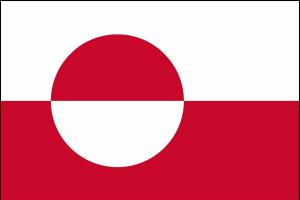
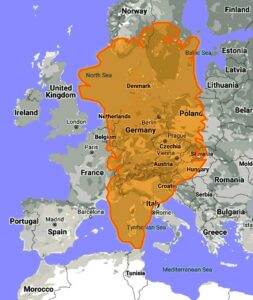
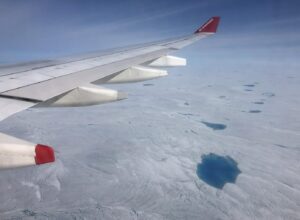
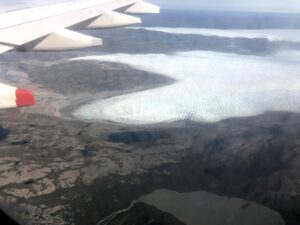
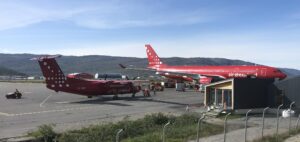

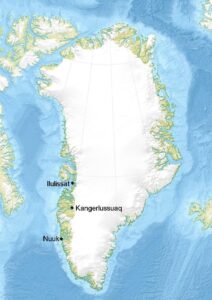
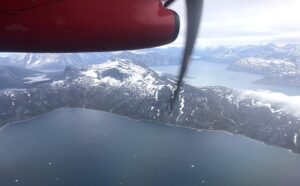
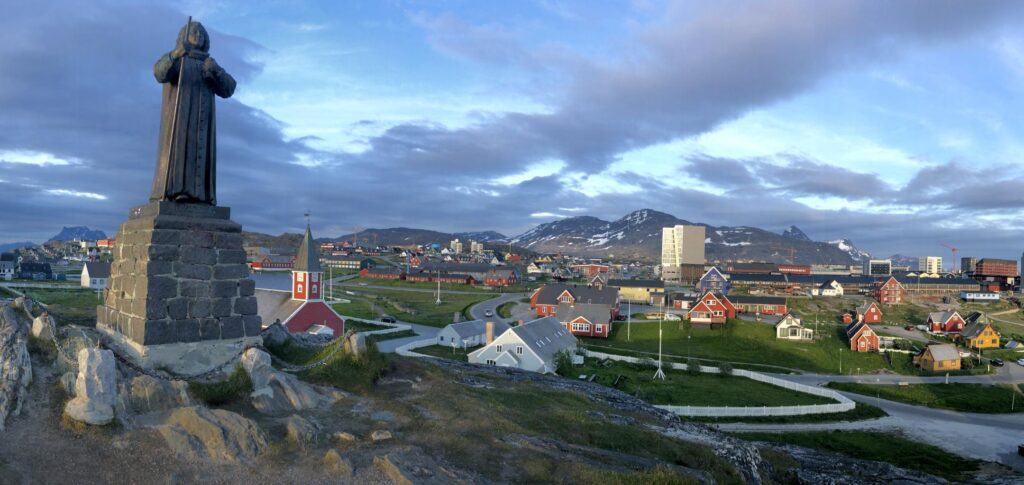
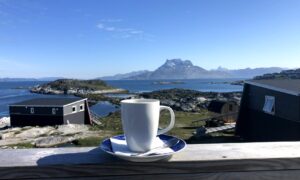
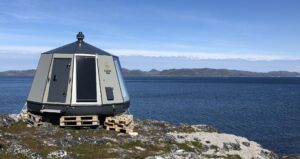

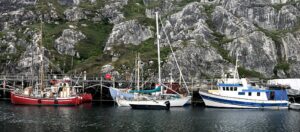


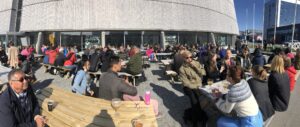
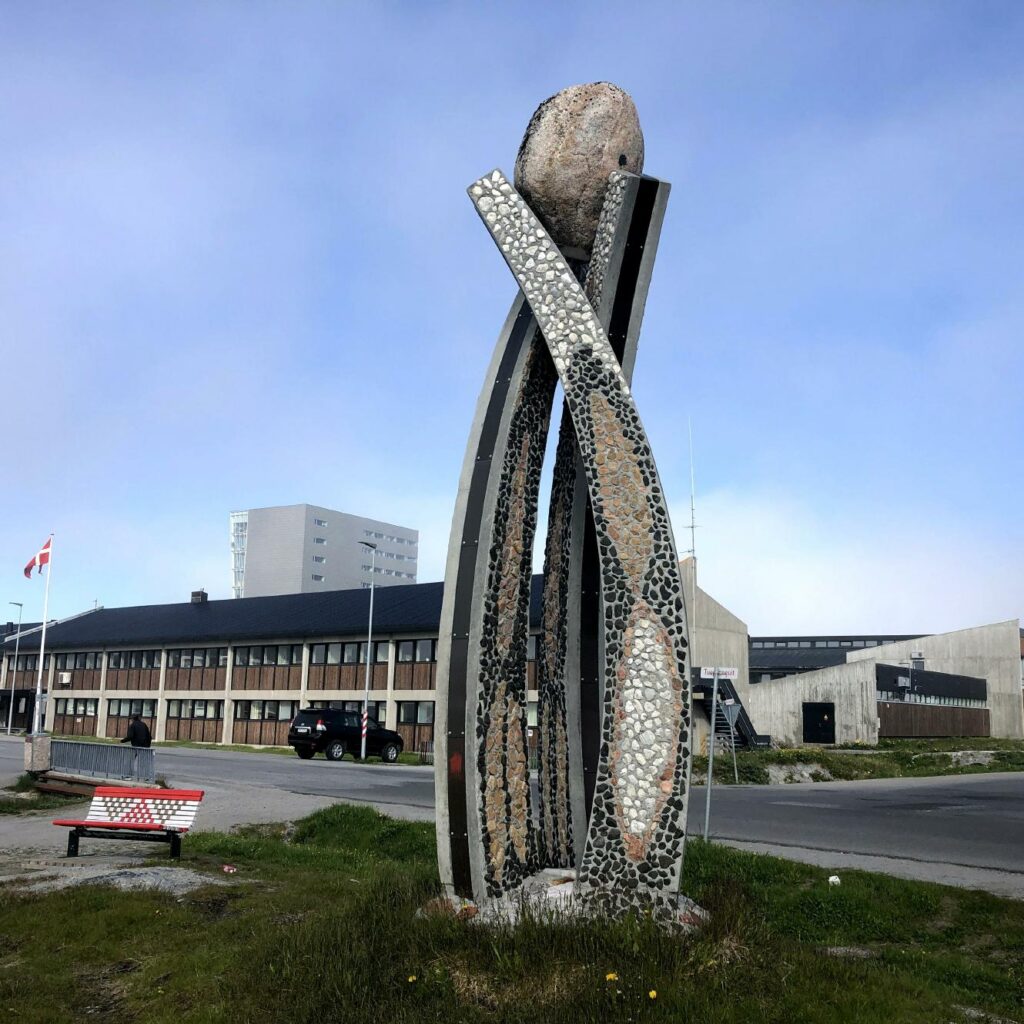
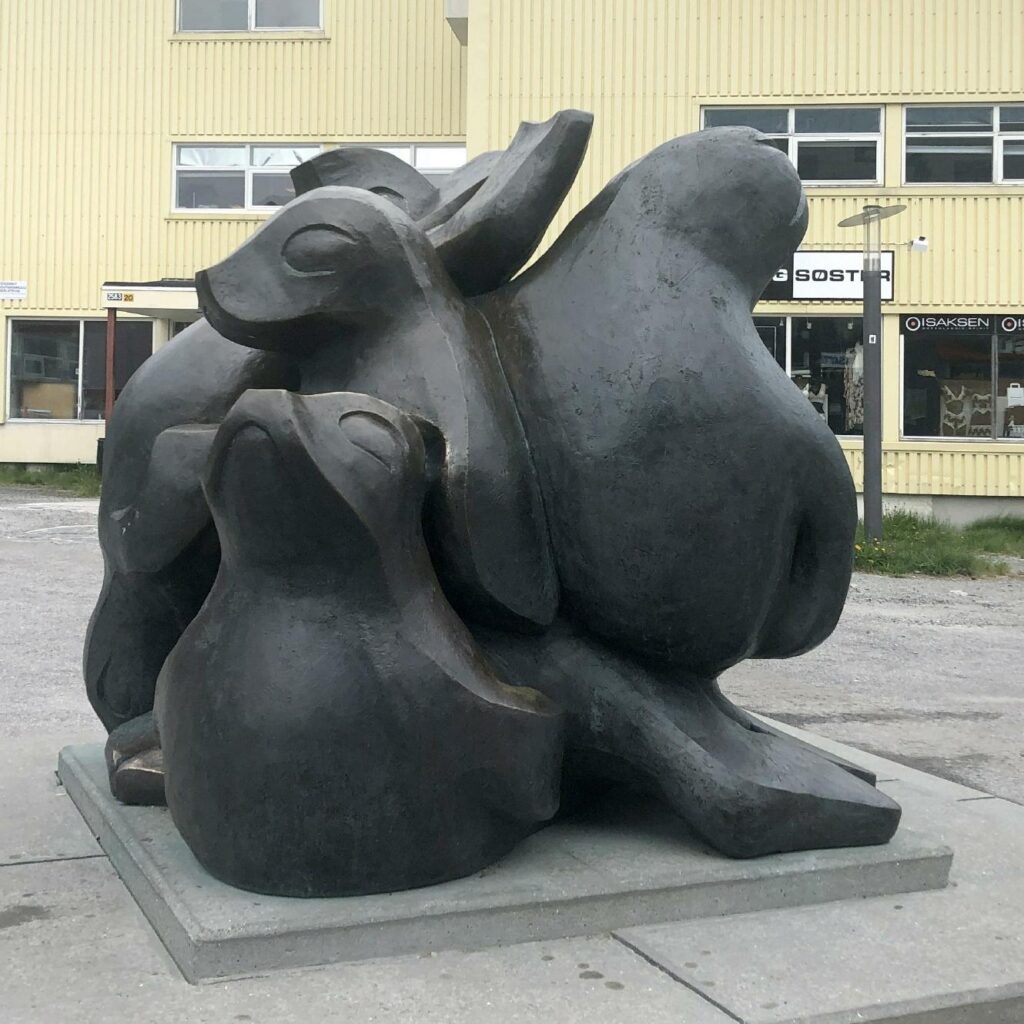
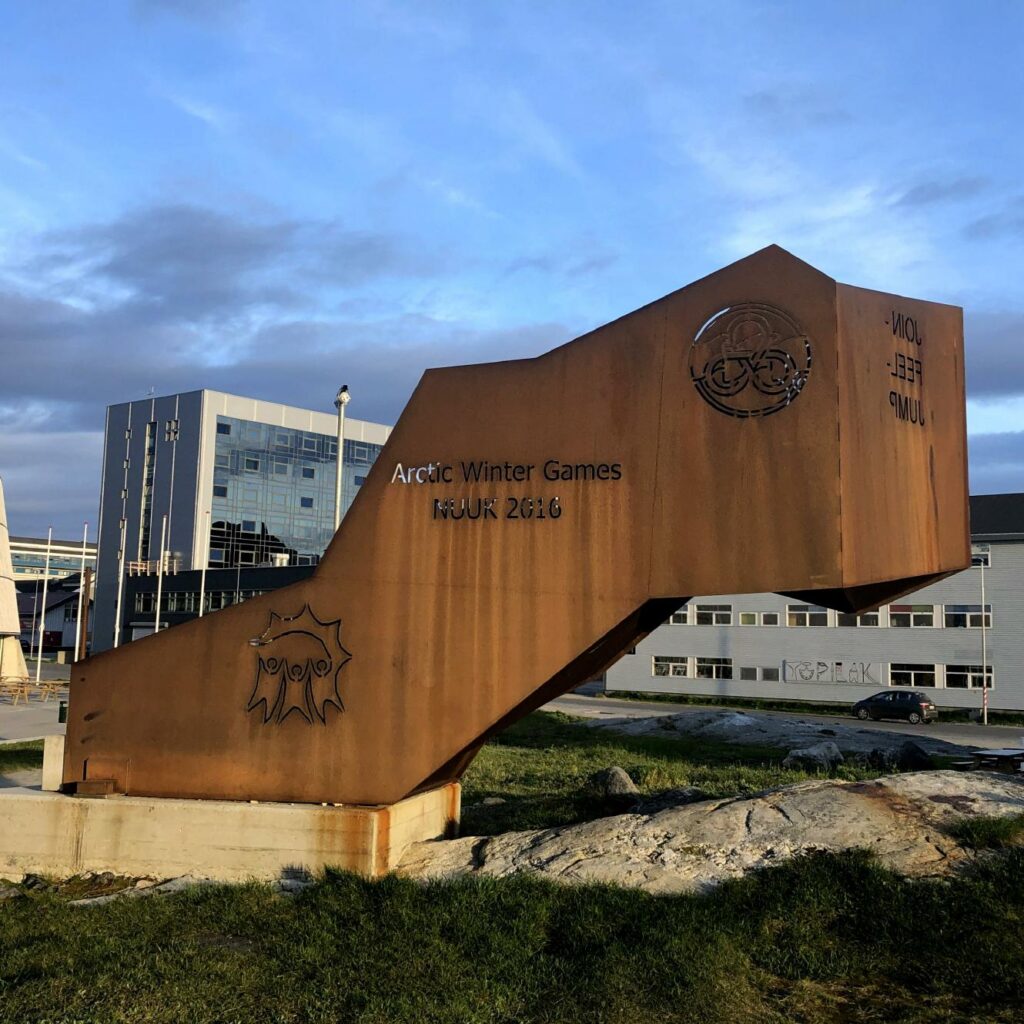
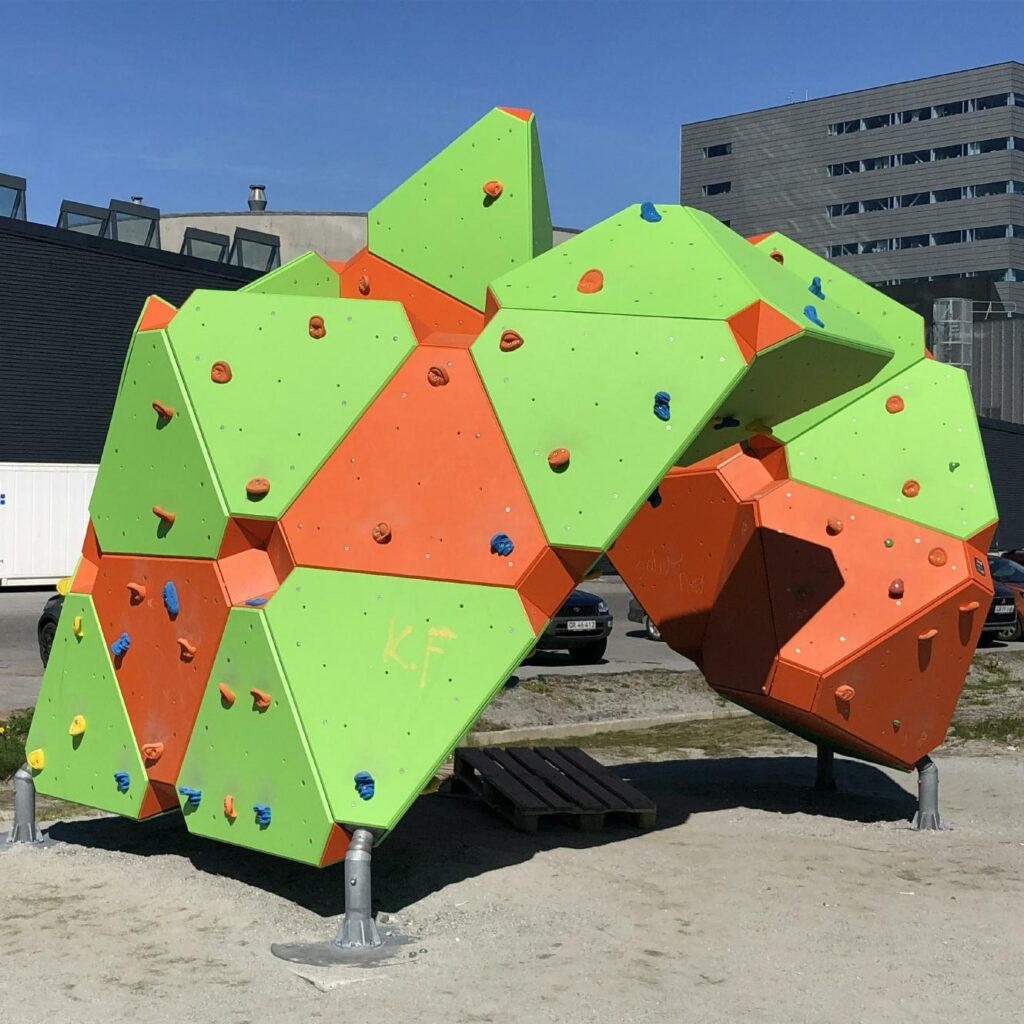
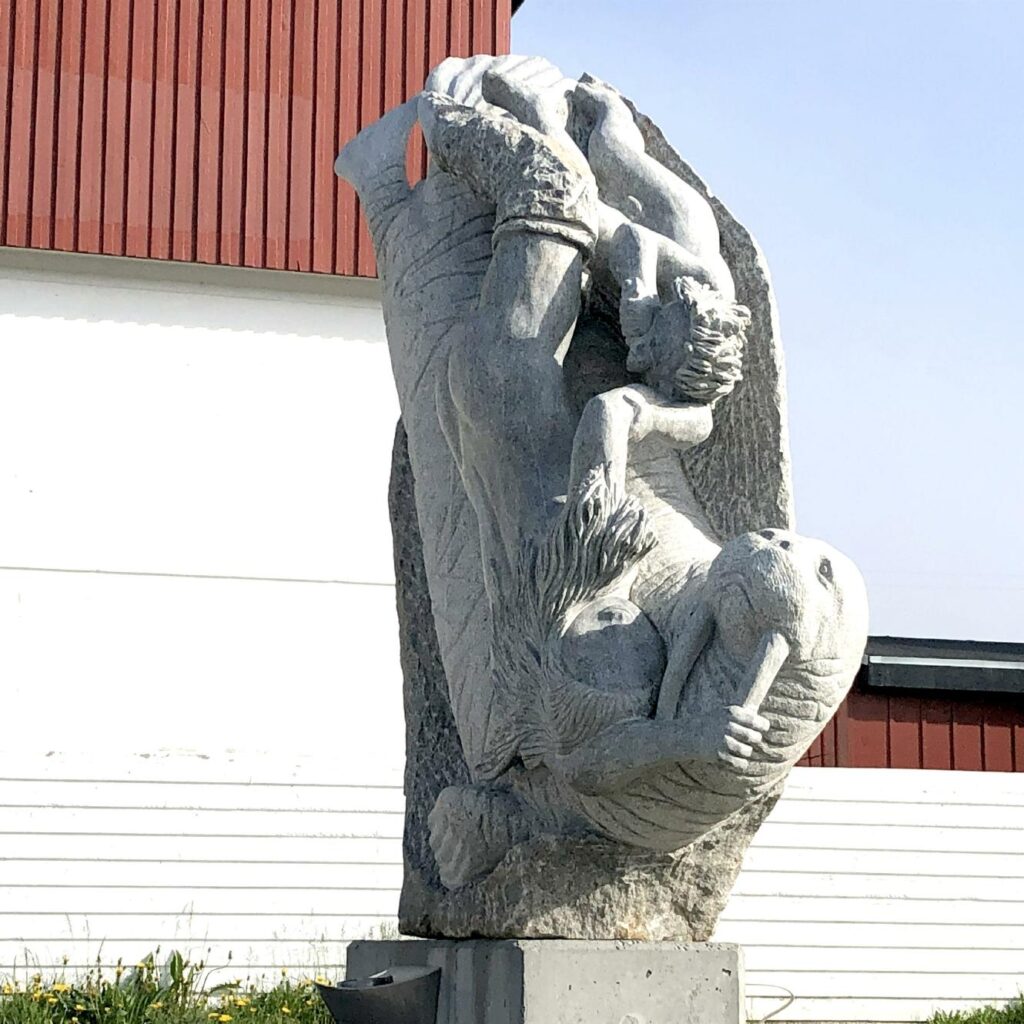
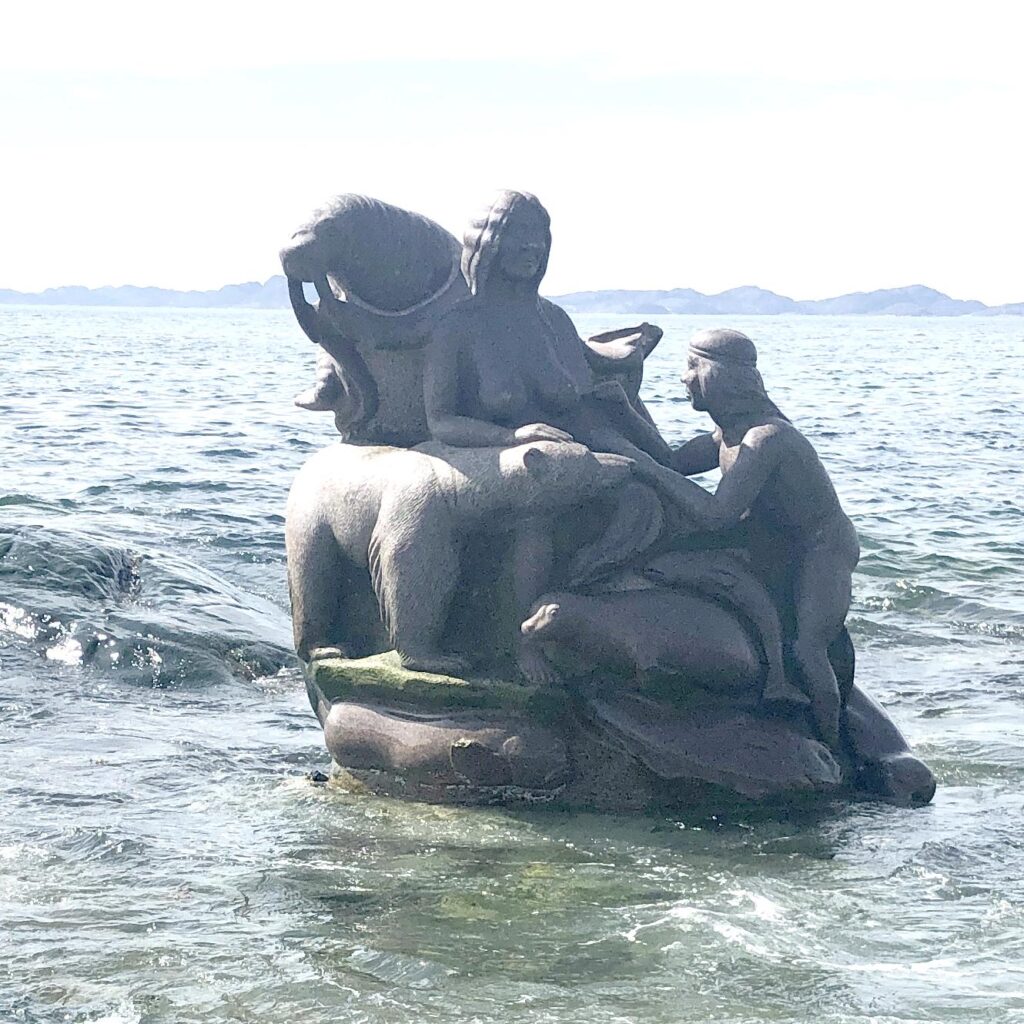
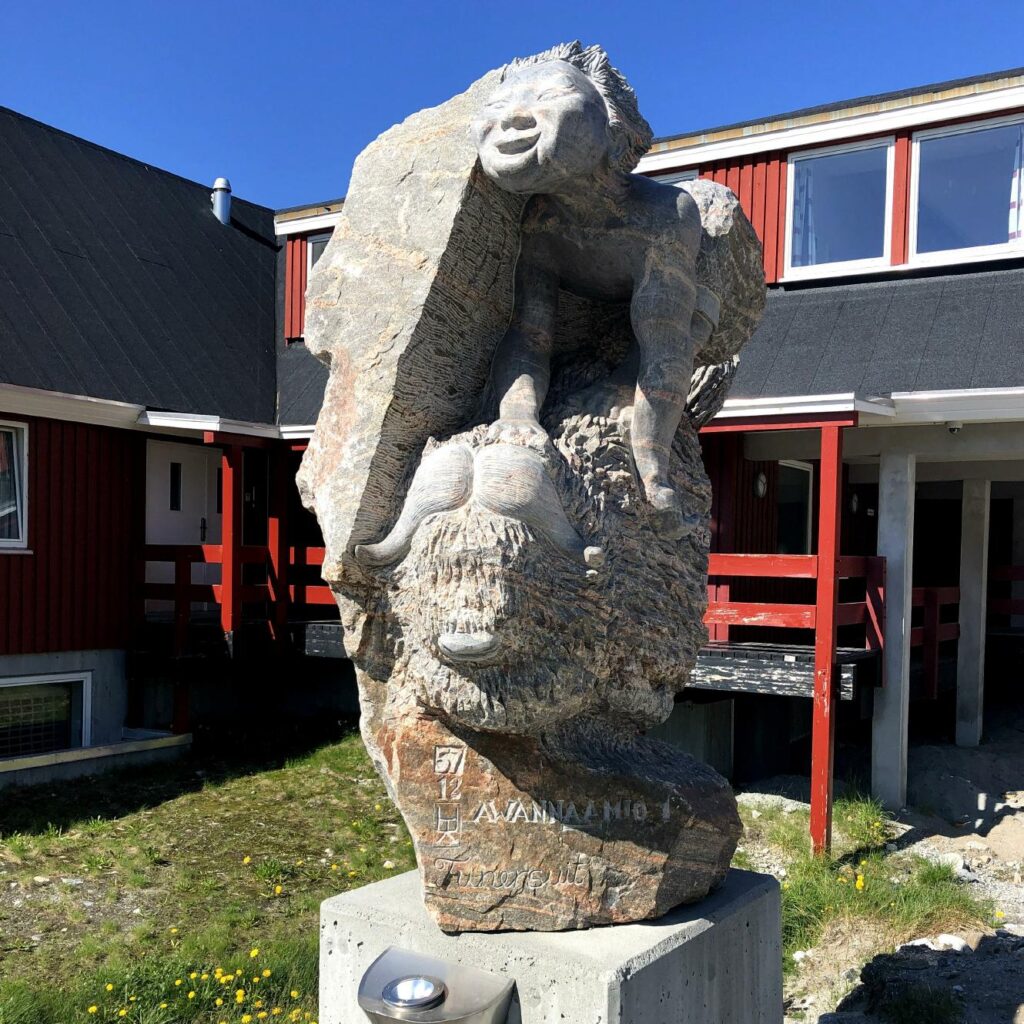
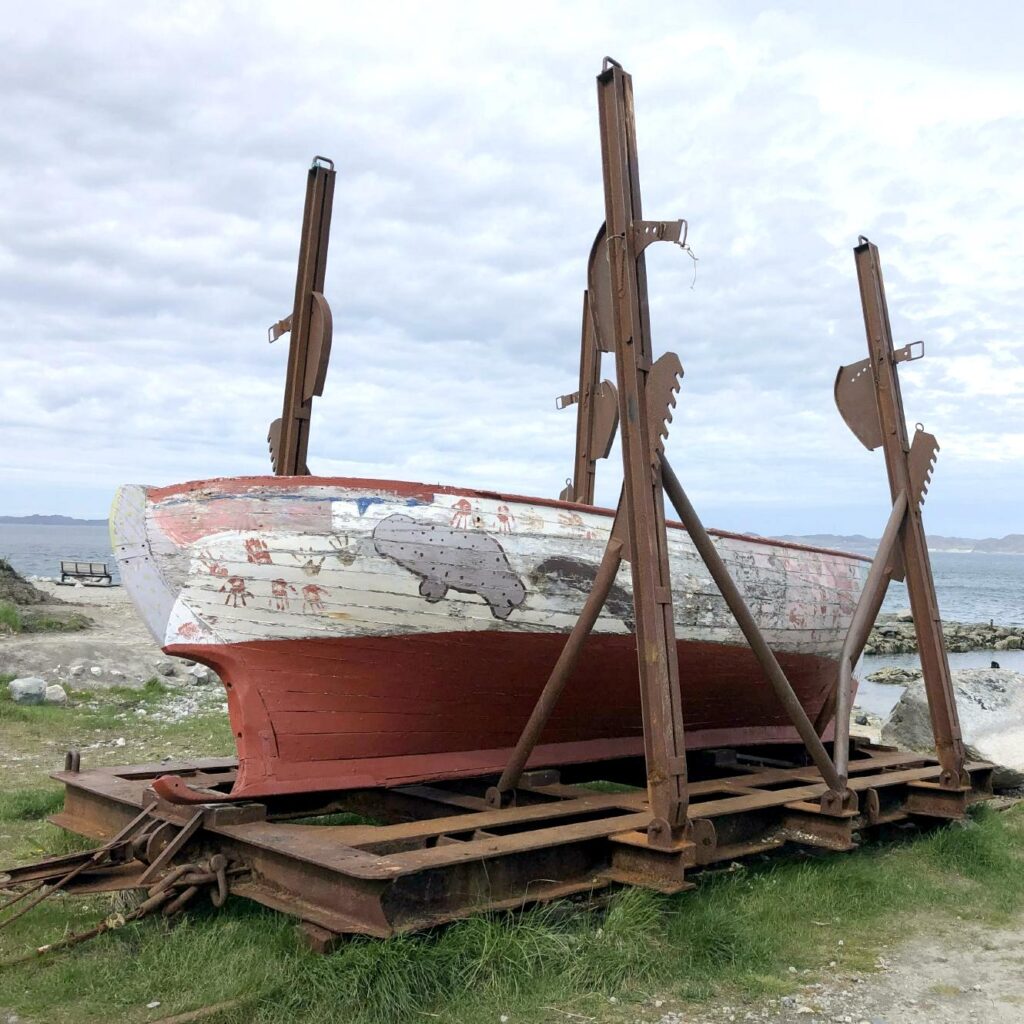
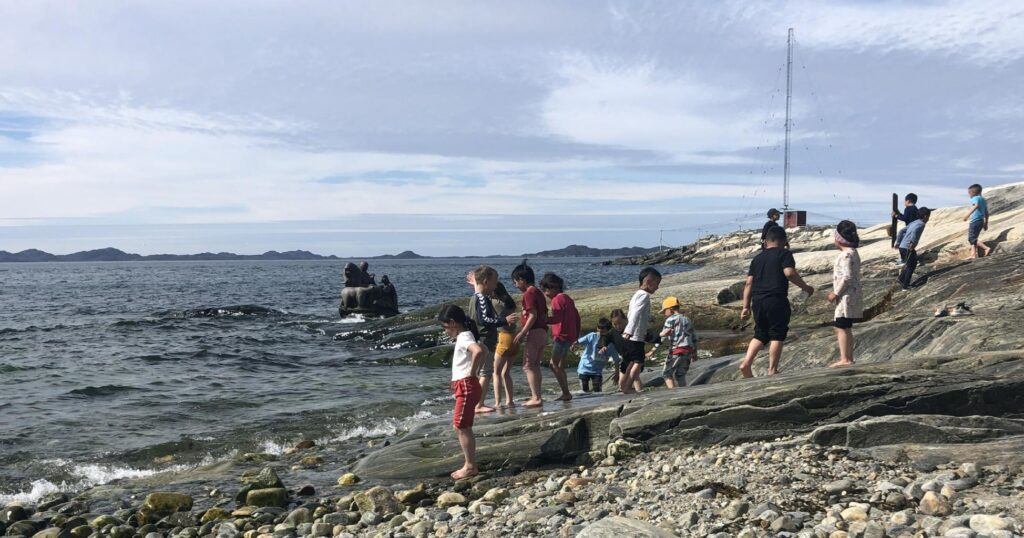
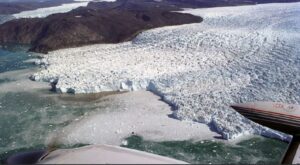
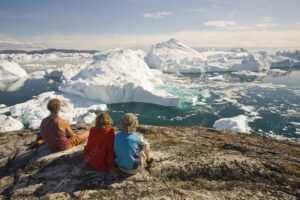
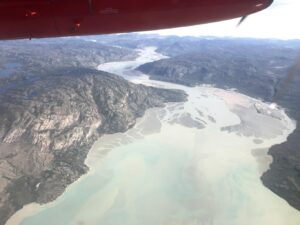
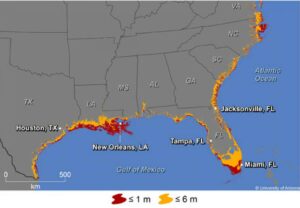

Hi Nick!! Amazing description of this place! I’m delighted to read it!
Thank you!!
Big hug From Rome, Italy
Alexandra
Grazie mille per aver seguito i miei viaggi e per i tuoi commenti.
Great job, Nick. Keep on truckin’,
Kevin
Hey Kevin, thanks for reading my blog and for posting a comment. As long as there are people like you following my travels, I’ll keep the photos and stories coming. Stay healthy and travel well! Best, Nick
What a fascinating post! I will add one comment about Camp Century – since I have an envelope mailed by my father from Camp Century–the indicia reads something like “Camp Century: x00 hundred miles from the North Pole!–it seems likely that the Danes knew about the US military base. But they probably didn’t know America’s interest in adding nukes to their island!
I would love to visit Greenland; can you share with us the cost (RT) from Copenhagen?
Thanks for your blog –
Hi Bill,
Thanks for the story about your father being posted at Camp Century. I’m sure the Danes knew about the camp itself. After all, they probably provided some of the logistical support. But the installation of nukes was the secret part of the project. Fortunately, it never came to that.
Nick
Knew a Danish student in college who expressed guilt over the colonization of Greenland. He ended up working for the state energy company and lived in Greenland for a while.
I spoke with more than one Dane who had the same sentiment. The Inuits would’ve done just fine without western influence.
Thank you for your post. I haven’t read much about Greenland or seen photos of the settlements. You’re educating your flock!
Travel is the best education there is. As long as people are reading my blog and posting comments, I’ll keep sharing what I’m learning about the world. Nick
Great post. Thank you.
Nick, I once read that the names of Greenland and Iceland were intentionally chosen to disguise or at least to be misleading about their actual environments. I don’t know if this is accurate or who came up with their names. What is your assessment now that you have visited both places?
And I love your posts. I hope you don’t run out of countries.
Doug, from what I’ve read, the story about Iceland and Greenland got their names is accurate. It’s all about marketing and the Norse explorers wanted to encourage people to settle in Greenland.